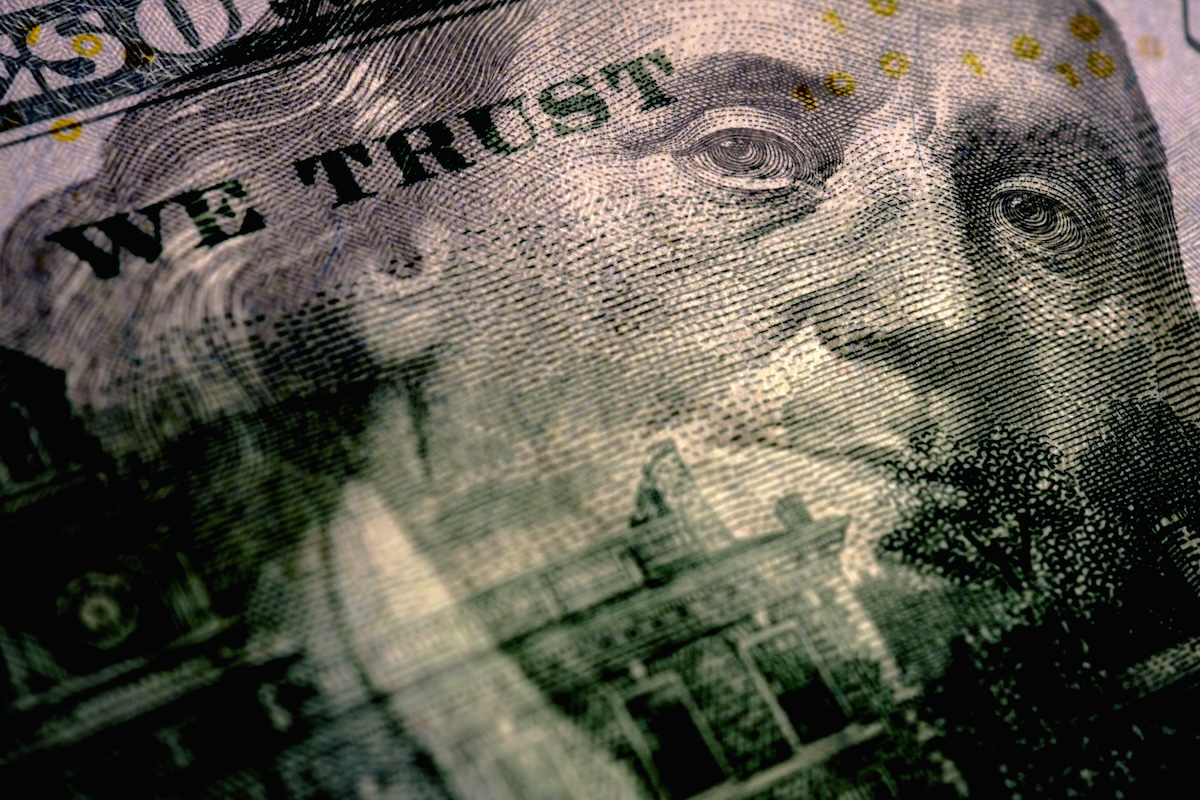
Spooked by the market’s reaction to Trump’s 'Liberation Day' tariffs on April 2, some pundits rushed to claim investors had lost interest in U.S. Treasurys. But the data tells a different story.
In April, U.S. Treasurys had their largest four-week inflow since March 2023, according to fund flow data from EPFR.
The catch is that short-term Treasurys make up for the lion's share of those inflows.
According to LSEG Lipper data, short-term Treasurys recorded $18.1 billion in inflows during the first three weeks of April.
By contrast, U.S. bond market funds — typically longer-term and with higher yield but higher risk — posted $47.7 billion in net outflows over the same period.
“Every time new news comes out that increases the chance for large U.S. or foreign tariffs to be a reality, the risk of recession increases, and we should expect more flight into the relative safety of short-term government bonds,” said Advyzon Investment Management’s Brian Huckstep.
With short-term Treasury yields now close to long-term rates, investors are asking a simple question: Why take on extra duration risk for just a tiny bit more yield?
Treasury Secretary hints at Trump's retreat
The financial markets have been at a loss since Trump’s sweeping tariffs, as evidenced by the unusual combination of a falling U.S. dollar and rising government borrowing costs.
There are signs, however, that the Trump administration may be rethinking its trade policy.
Treasury Secretary Scott Bessent reportedly told attendees at a JPMorgan Chase–hosted meeting that “no one thinks the current status quo is sustainable” with 145% tariffs on Chinese goods.
Bessent also said he expects a "de-escalation" in the trade war with Beijing in the near future.
Although Beijing has publicly denied holding direct negotiations with the Trump administration, Wall Street has seemingly bought into the idea that Trump may soften his stance.
The S&P 500 jumped 4.6% in the week ending April 25 and is now up nearly 11% from its April 8 low. The Dow is up 6.5% from its April bottom, while the tech-heavy Nasdaq Composite has soared almost 14%.
Your email address will not be published. Required fields are markedmarked